Cuc Phuong National Park: Exploring Vietnam's Oldest Nature Reserve
In Vietnam’s Ninh Binh Province, there is a well-known national park called Cuc Phuong National Park. It is the oldest national park in Vietnam and was founded in 1962. It has a total area of about 222 square kilometers. The park is famous for its astounding biodiversity, unpolluted rainforests, historic trees, and varied habitats. It draws researchers, wildlife lovers, and tourists interested in learning more about Vietnam’s rich natural history.
Flora and Fauna:
We can found numerous plant and animal species at Cuc Phuong National Park. About 2,000 different plant species, including enormous trees, rare orchids, and therapeutic plants, make up the park’s flora. It has several trees that are hundreds of years old, some of which are over 70 meters tall. Cuc Phuong is home to around 300 different bird species, 133 different animal species, 122 different reptile and amphibian species, as well as a wide variety of diverse insects and butterflies. Langurs, macaques, civets, deer, squirrels, and numerous bird species are examples of notable wildlife.
Highlights and Attractions:
- Endangered Primates Rescue Center Cuc Phuong National Park is well known for its work in primate conservation. Endangered Primates Rescue Center.The park’s Endangered Primates Rescue Center saves and cares for a number of endangered primate species, including langurs and gibbons. Visitors can see the primates in their natural habitat and hear about their conservation initiatives.
- Botanical Garden: A botanical garden is in the park and features a variety of plants, including rare and endangered species. It acts as a center for teaching, providing knowledge about the value of conservation and Vietnam’s vast plant diversity.
- Ancient Cave System: The Cuc Phuong National Park is home to a number of historic and culturally significant ancient caverns. Visitors are welcome to visit these caverns, which include spectacular stalactite formations and contain archaeological relics, such as the Trang Khuyet Cave (Crescent Moon Cave) and the Thang Khuyet Cave (Dark Cave).
- Observing wildlife and hiking: The park has a variety of hiking routes that let visitors take in the beauty of nature. Trekking through the verdant woodlands offers chances to sight wildlife, observe birds, and find unusual plants. The difficulty of the routes varies to accommodate different levels of fitness and interests.


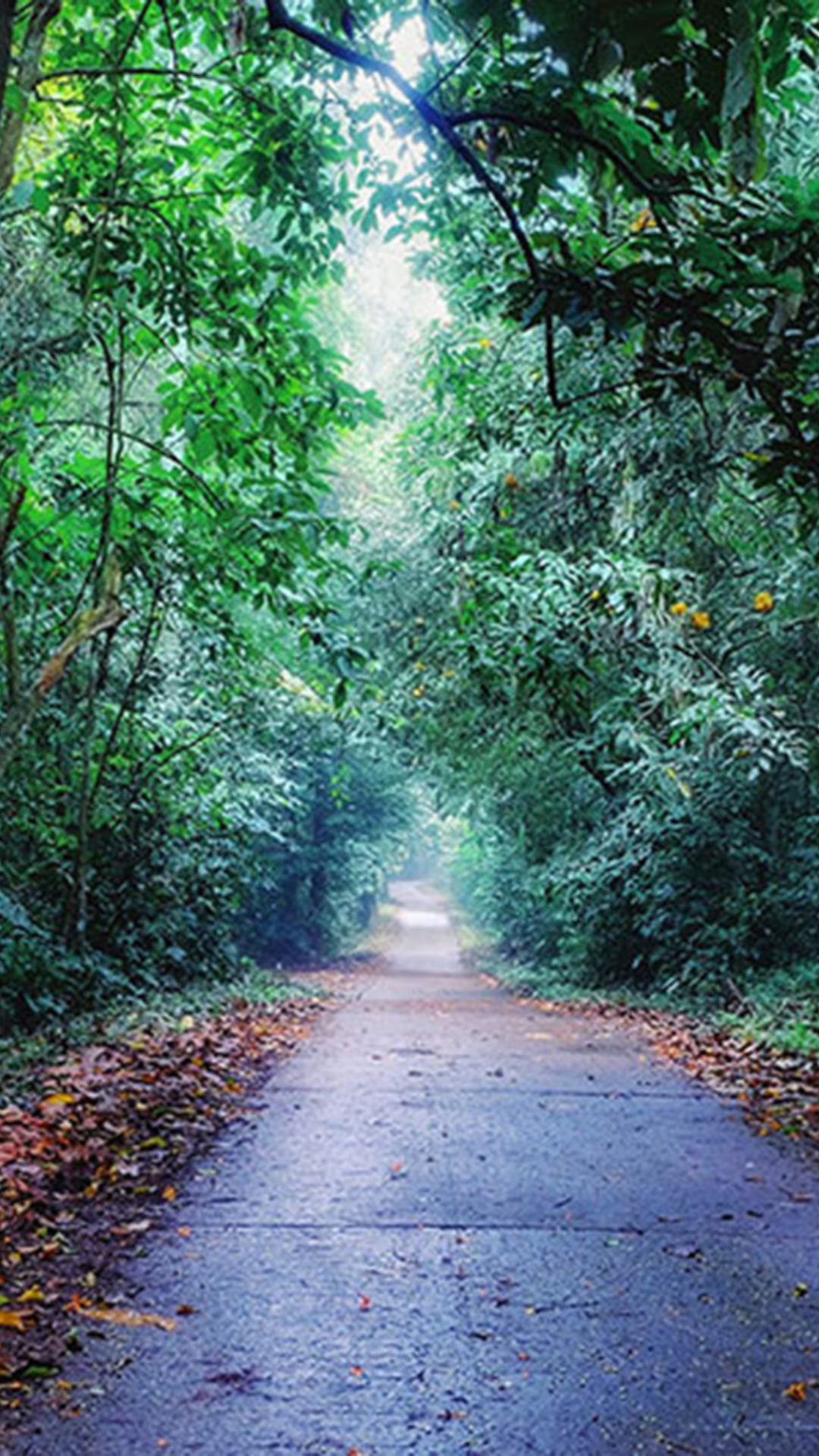

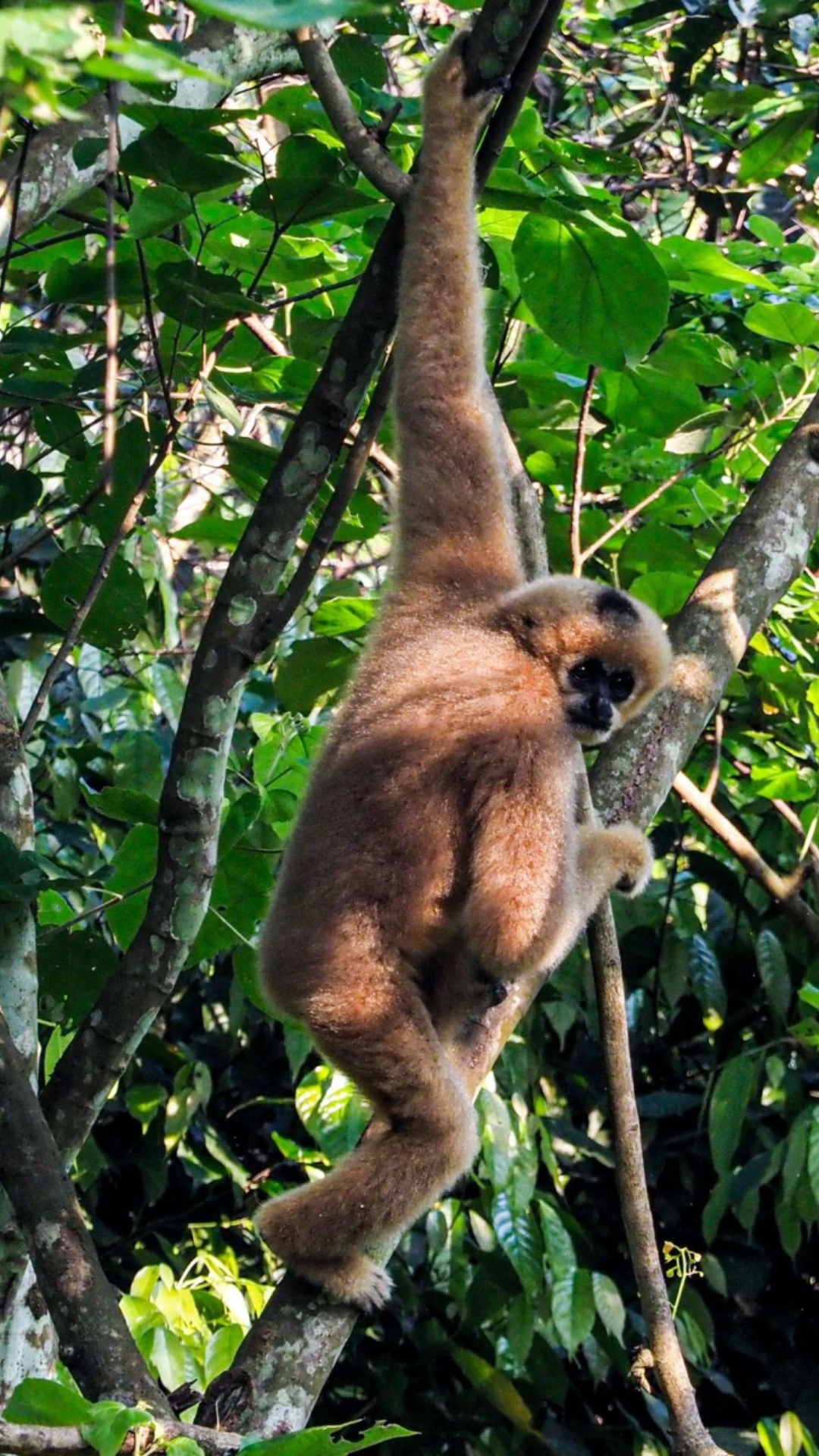

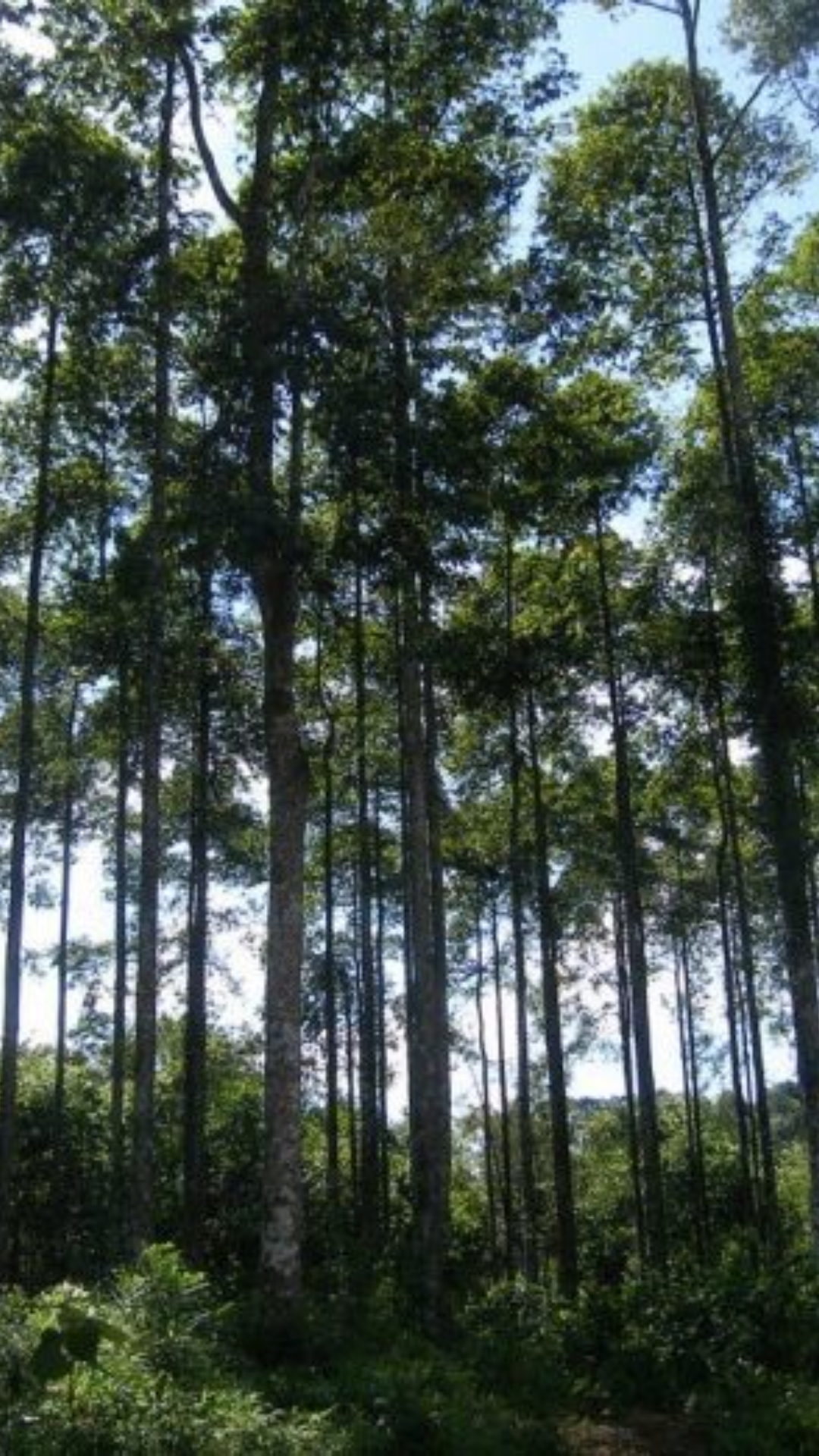


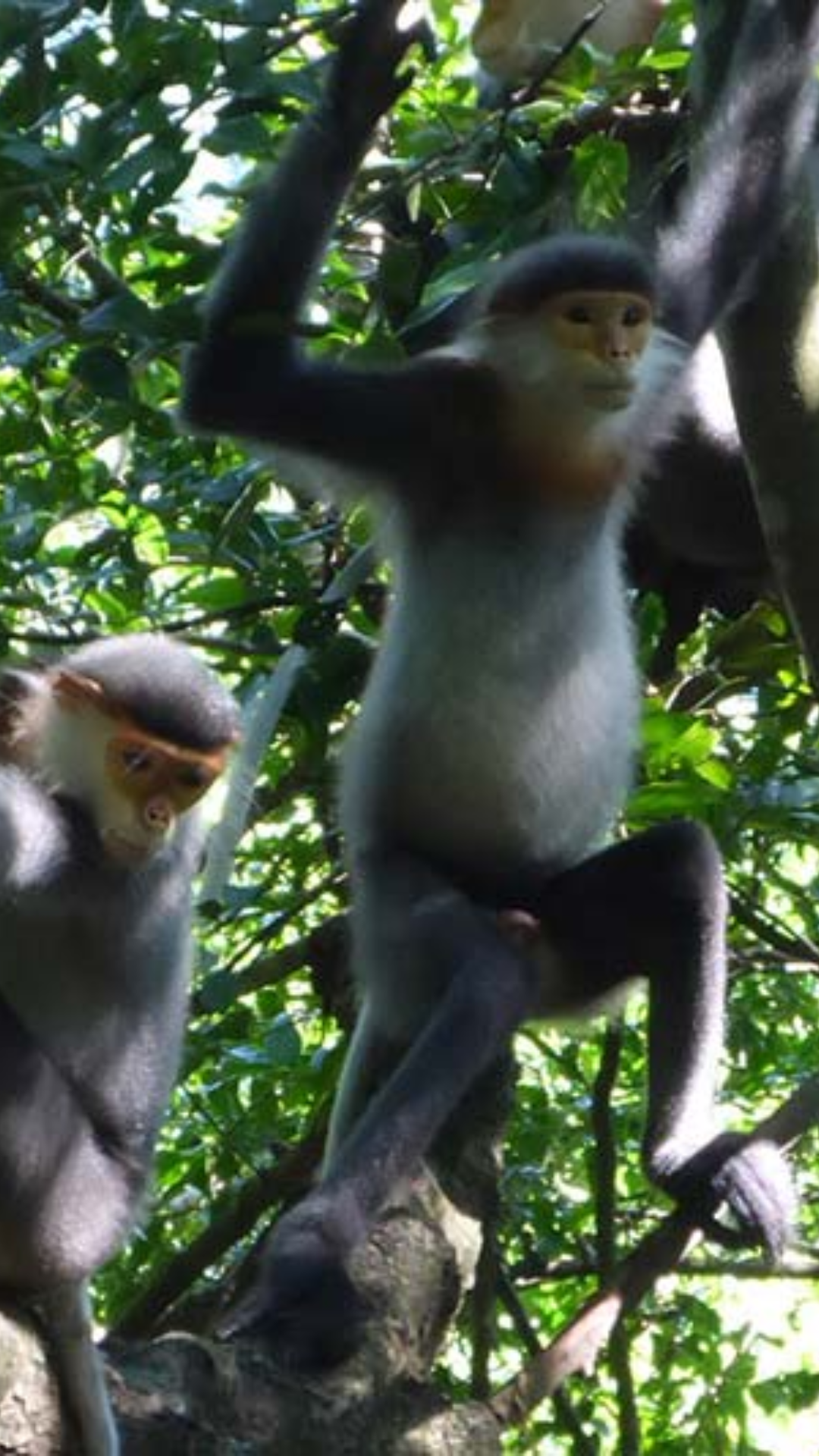
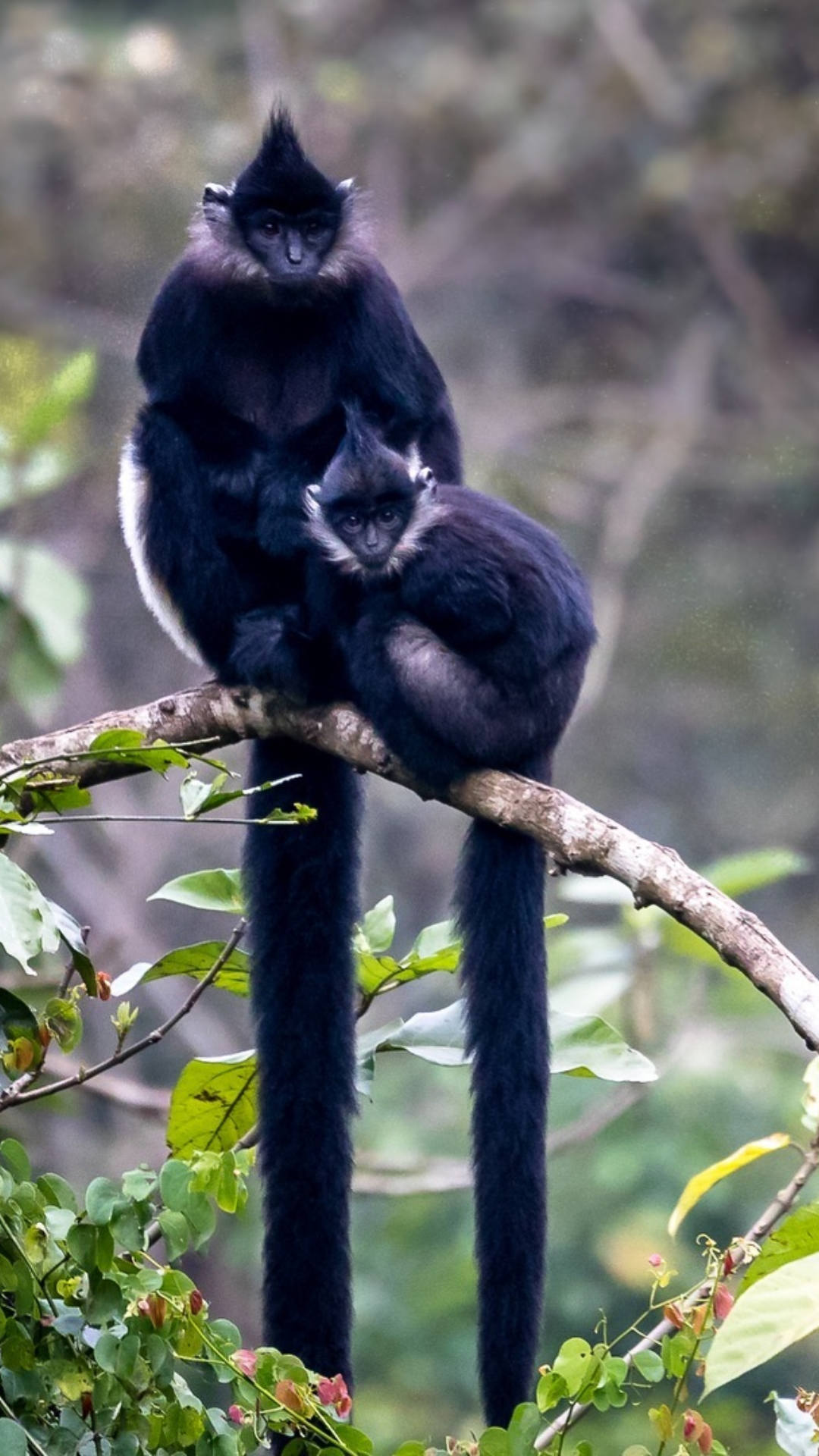
Conservation Efforts:
For Vietnam’s conservation efforts, Cuc Phuong National Park is crucial. It works along with national and international organizations to safeguard biodiversity, protect endangered species, and advance sustainable practices. To guarantee the long-term preservation of its ecosystems, the park takes part in research, habitat restoration, anti-poaching measures, and community development projects.
Visitor Information:
Location and accessibility: Due to its position roughly 120 kilometers southwest of Hanoi, Cuc Phuong National Park is accessible by day trips as well as overnight stays. Via well-connected roads, the park is accessible by automobile or motorcycle. Services for transportation and guided tours are available from Hanoi and nearby areas.
Accommodations and Amenities: The park offers basic lodging alternatives for guests who want to stay the night, including guesthouses and bungalows. For those seeking a more adventurous experience, there are also camping places. There are tourist centers, picnic spaces, dining options, and gift shops inside the park.
Best Time to Visit: The best time to come is any time of year, although for the best weather and wildlife observations, the dry season, which lasts from November to April, is often advised. While the rainy season, which lasts from May to October, delivers beautiful flora, it may also make pathways muddy.
Park rules: Visitors must stay on the specified routes in order to protect the park.